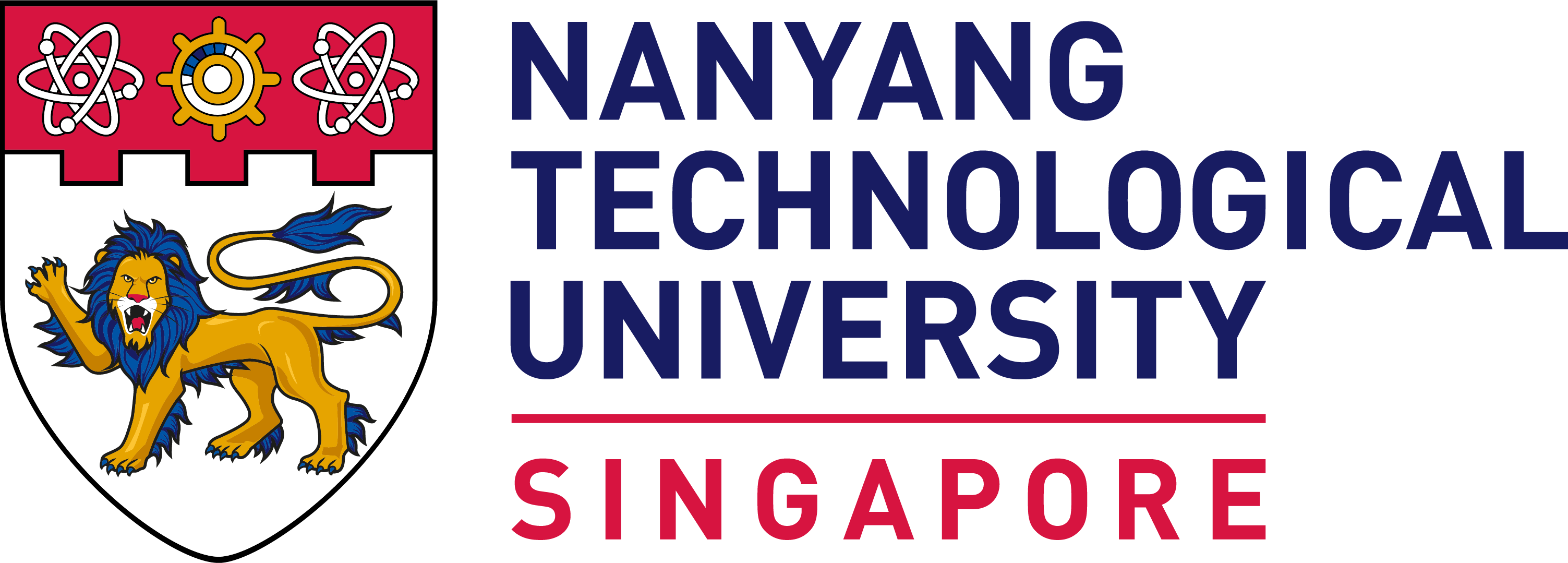MicroRNAs – Small but Mighty: The 2024 Nobel Prize in Physiology or Medicine
Assoc Prof Tan Meng How | School of Chemistry, Chemical Engineering and Biotechnology
The 2024 Nobel Prize in Physiology or Medicine was awarded jointly to Prof Victor Ambros (University of Massachusetts Medical School) and Prof Gary Ruvkun (Harvard Medical School; Massachusetts General Hospital) "for the discovery of microRNA and its role in post-transcriptional gene regulation."

MicroRNAs are small pieces of nucleic acids that help to dictate the types and amounts of proteins being manufactured in a living cell. A protein is synthesised by a multimolecular machinery known as a ribosome based on a messenger RNA (mRNA) template. To control the protein level, a microRNA can recognise an mRNA by sequence complementarity and either trigger the destruction of the template or block the ability of the ribosome to build the protein. Hence, a microRNA always down-regulates its target gene.
Today, microRNAs are known to be abundant in diverse animal and plant species. There are at least hundreds of them in human and they can target numerous protein-coding genes. Consequently, microRNAs are important for development and normal cell physiology. Dysregulation of microRNAs can also result in various human diseases, including cancer. The first human disease that microRNAs have been implicated in is chronic lymphocytic leukaemia. Many microRNAs have now been linked with cancer, and they are collectively called oncomirs.

Notably, the fundamental significance of microRNAs was not well appreciated in the early days. The first microRNA was reported in 1993 by two separate research groups led by Victor Ambros and Gary Ruvkun. In two back-to-back papers published in the journal Cell, the researchers described their discovery of the lin-4 microRNA in the nematode Caenorhabditis elegans and how it inhibited the production of a protein known as LIN-14, thereby regulating developmental timing. However, at that time, the lin-4 microRNA was believed to be a rare phenomenon that might even be an oddity specific to worms.
It was only at the turn of the 21st century that the field of microRNAs took off. The second microRNA, let-7, was found and characterised by Gary Ruvkun’s group in C. elegans. Subsequently, just a year later, several studies reported the discovery of many other small RNAs in invertebrates and vertebrates, such as Drosophila and human cells, that resemble lin-4 and let-7. Additionally, some of these microRNAs are highly conserved across species, hinting at their fundamental importance. This has proven to be correct over the years, and today, microRNAs are well recognised as key regulators of gene expression. Hence, Victor Ambros and Gary Ruvkun were awarded the 2024 Nobel Prize in Physiology or Medicine for their initial discovery of microRNAs.
The groundbreaking work by the two Nobel laureates has far reaching implications for RNA therapeutics. Various microRNA mimics are now being evaluated in clinical trials as a form of replacement therapy. Oligonucleotides, known as antagomirs or anti-miRs, are also being designed to bind and silence pathogenic microRNAs. More broadly, antagomirs are a specific type of antisense oligonucleotide, which can be deployed to treat different human diseases via a variety of mechanisms. In NTU, multiple laboratories are pursuing translational RNA research, including antisense oligonucleotides, for diverse therapeutic applications. For example, my laboratory leverages on antisense RNA to recruit Cas proteins and ADAR enzymes to correct G-to-A mutations in disease genes1. Together, we are working towards a brighter future for healthcare in Singapore and the rest of the world.
1 Wang Y., Liu K.I., Liu M.M., Ooi K.H., Nguyen T.A., Chee J.E., Teo S.X.D., He S., Tay J.W.D., Teo S.Y., Liew K.S., Ge X.Y., Ng Z.J., Avagyan H., Liu H., Yi Z., Chang K., Kok E.P.L., Chen R., Yau C.E., Koh J.W., Wan Y., and Tan M.H. (2024) A circularly permuted CasRx platform for efficient, site-specific RNA editing. Nature Biotechnology doi:10.1038/s41587-024-02430-w.
For more information, watch the video on MicroRNAs: 2024 Nobel Prize in Physiology & Medicine.







